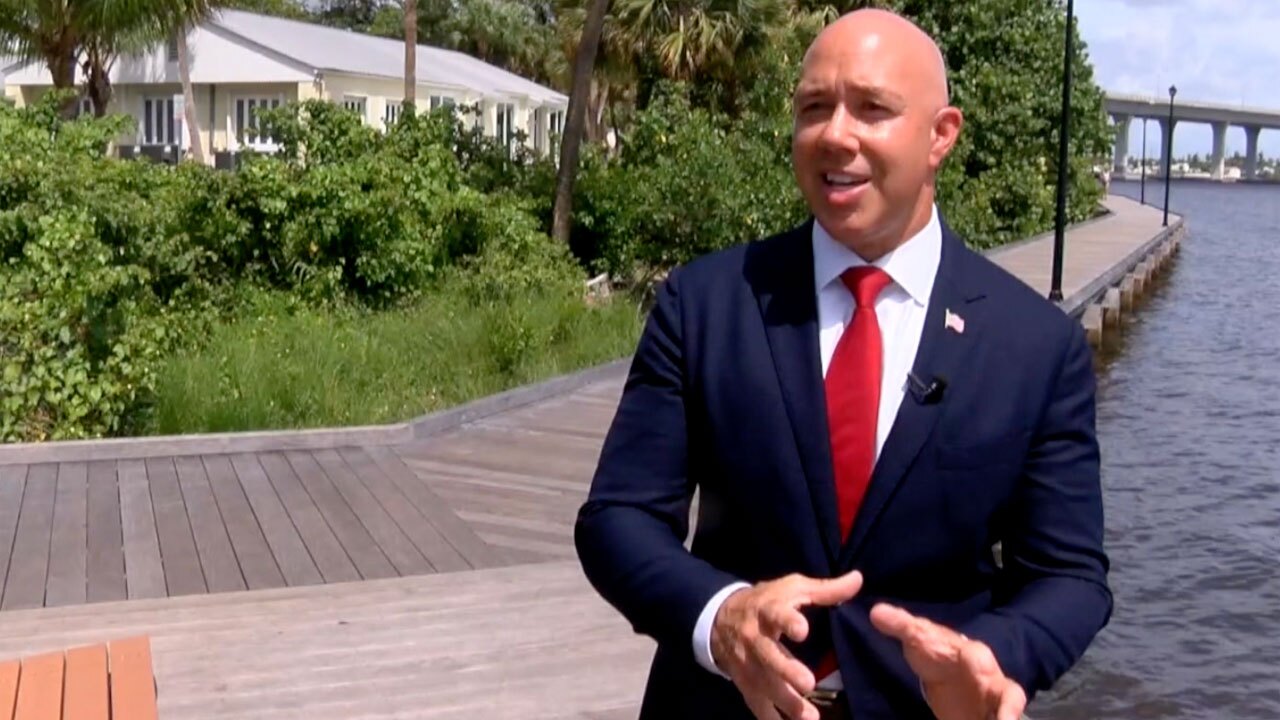CANAL POINT, Fla. — Toxic algae is once again causing concerns on the Treasure Coast and areas of western Palm Beach County.
U.S. Rep. Brian Mast, R-Fla., tweeted Thursday that there is a toxic algae outbreak at Canal Point on Lake Okeechobee.
The congressman said that recent tests show that the water is more than "20 times too toxic for human contact near the canal."
RELATED: What's the difference between algae and toxic algae?
The Army Corps must not be allowed to discharge this water! #ZeroDischarges https://t.co/PlHde3lvio
— Rep. Brian Mast (@RepBrianMast) June 30, 2022
Health officials issued an alert this week after blue-green algal toxins were found in the waters of Lake Okeechobee and Lake Arden in Palm Beach County.
Mast said his staff is monitoring the situation and wants to make sure that the bloom doesn't make its way closer to the coast.
"Where this algal bloom is located, now sitting at Canal Point because of the winds, if the [Army] Corps of Engineers were to open up that structure there, it would directly flow to the water that leads into Grassy Waters — the drinking water supply for much of West Palm Beach," Mast said.
The city of West Palm Beach said in a statement that the city's drinking water remains safe to drink and that the city's water supply remains free of any visible signs of a blue-green algae bloom.

Palm Beach County Commissioner Melissa McKinlay also said that it is common this time of year for cyanobacteria blooms to occur in Florida's surface waters and is aware of the toxic algae near Canal Point.
"The water management structures in this area are not open and not flowing water so the bloom is not being transferred downstream of its location," McKinlay said in a statement.
However, this is just the start of summer, which is when toxic blooms are most likely in South Florida.
"As it heats up more, it's going to get worse, and we're going to see an increased threat of them coming to our coast," Mast said.
In the last 30 days, at least 20 other samples have been collected around the east side of Lake Okeechobee. Some samples detected toxins but none were at a level that health experts considered harmful to your health.

Although drinking water is not affected by the algae bloom, the water is potentially hazardous to residents and visitors.
Officials say to not drink, swim, wade, use personal watercraft, water ski or boat in waters where there is a visible bloom.
If you come into contact with algae or discolored or smelly water, officials say to wash your skin and clothing.
SPECIAL COVERAGE: Protecting Paradise
Experts say residents should contact their veterinarian if they believe their pet has become ill after consuming or having contact with blue-green algae-contaminated water.
Eating healthy fish caught in freshwater lakes experiencing blooms is safe but do not eat shellfish in waters with algal blooms.
Toxic algae has been an ongoing problem for the Treasure Coast for years. This issue has been a point of emphasis for Mast in his push to end freshwater discharges from Lake Okeechobee into the St. Lucie Estuary.
To report an algal bloom to the Department of Environmental Protection, call 855-305-3903 or report it online.
Fish kills can be reported by contacting the Florida Fish and Wildlife Research Institute at 1-800-636-0511.






